AI: Personalize experiences, drive revenue
According to Ms. Nguyen Van Hien, General Secretary of the Vietnam Blockchain Association, the application of AI and Blockchain in paid journalism brings many benefits, from personalizing user experience, optimizing content production processes, to protecting copyright and enhancing transparency.

Although there are still some challenges such as high costs, complex technical requirements and user acceptance, the potential and impact of these two technologies are huge and completely feasible. “For example, The New York Times (USA) has used AI to personalize the user's reading experience, helping to increase the number of paid subscribers. They also use AI to optimize the content production process, from suggesting headlines to analyzing reader data,” Ms. Nguyen Van Hien added.
Analyzing the flexibility of AI, Ms. Hien gave an example of how the Neue Zürcher Zeitung (NZZ of Switzerland) has developed an AI-based “flexible payment gateway” system to predict the likelihood that a reader will become a paid subscriber, thereby adjusting the number of articles they can read for free. According to the Secretary General of the Blockchain Association, the application of AI to paid journalism has many benefits.
The first is content personalization, when AI can recommend articles that match the interests and needs of readers, encouraging users to subscribe and maintain paid packages. Second, paid packages can integrate smart interactive applications through AI chatbots to answer readers' questions. Bringing 2-way interaction (even with machines), allowing readers to discuss and experience interactions.
Third, AI will help optimize the content production process, automatic translation to reduce operating costs, optimize costs, and give the newsroom more options for reader-based fee-based programs. In particular, AI can analyze content and news sources to detect false information or fake news, helping to improve the credibility of the newspaper.
Sharing the same view, Mr. Dang Hai Loc, CEO & CTO at AIV Group, also believes that AI will improve the quality of paid press products by helping journalists reduce their workload, thereby increasing the quality of content. In addition, AI also helps create new products, serving groups of readers willing to pay that the editorial office could not reach before. For example, foreigners in the localities today still have not been fully served for their information needs.
According to Mr. Dang Hai Loc, AI Chatbots trained with press data to report news and collect fees directly from foreign readers are worth testing. The important thing is that the application must be fast, easy to use, and reporters can deploy it themselves without requiring complicated investments. For example, articles about changes in foreign labor recruitment policies will certainly attract the attention of Korean and Chinese businesses, but newspapers cannot maintain a separate page to serve them.
So the editorial office only needs to provide training content for AI Chatbots, then attach the Chatbot's link to the article to be able to process it. The editorial office also sets its own price to charge these readers, such as selling a package of 50,000 VND/10 questions, automatic payment via QR Code and bank card. This Chatbot must automatically answer in the language of that country. Currently, AIV Group has this platform and is ready to support press agencies.
Adding another solution, Mr. Dang Huu Son, Vice President of the Vietnam Digital Human Resources Development Alliance (AIID), founder of LovinBot AI shared: Currently, AI can "consume" a large amount of input content from long articles, then summarize the content briefly to suit readers. For example, startup Perplexity has a feature to summarize content from available articles and charge a monthly fee.
Or like Google's Gemini 1.5 Pro, the latest version will be able to read context up to 2 million tokens (meaning it can read and understand 232,000 words) and then summarize the entire content in the style requested by the reader. "The three groups of tasks that AI does best to support newsrooms are: Automatic news recommendations; Suggesting upgrade packages based on habits; Supporting newsroom content production," said Mr. Son.
Speaking more about the “optimization” capabilities of AI, Mr. Son said that AI has the ability to fundamentally solve the current problems in the online publishing sector; fundamentally meeting the information content needs and behaviors of readers. First, one of the reasons why newspapers today are not attractive to readers is because the news is not personalized to each person’s interests and work.
“Although the amount of news today is huge, an individual does not have enough time to read and search for what they like, because it is covered by many other news that are less relevant to them. This reality makes them only see the newspaper as a place to “surf the news”, not as a loyal reader. If AI is used to analyze and “capture” this group of readers, the newsroom will be successful.
For example, The Globe and Mail (Canada), is using an app called Sophi to personalize the reading experience and drive digital subscriptions. The AI tool, Sophi, analyzes reader information and article content to decide which articles should be behind a paywall (for subscribers only) and which should be free to access.
Sophi also helps create a personalized homepage that displays content tailored to each reader’s interests. This not only increases the likelihood that readers will find interesting articles, but also frees up time for journalists to focus on producing high-quality content. This is a trend that many other publishers, such as L’Avenir and Kölner Stadt Anzeiger, are adopting to attract and retain readers.
Blockchain: Copyright protection, payment transparency
Regarding the application of Blockchain in paid journalism, according to Ms. Nguyen Van Hien, General Secretary of the Vietnam Blockchain Association, the first thing to mention is the management of copyright and digital content through storing information about the author, publication time and other related information of the article, helping to prevent illegal copying and distribution, avoiding loss of content.

Blockchain technology also makes payments transparent and secure, promotes expansion, and increases community engagement through NFTs (Non-Fungible Tokens) that reward loyal readers or journalists with outstanding contributions.
Similarly, Ms. Lynn Hoang, Binance Country Director in Vietnam, also believes that applying Blockchain to paid journalism will increase trust and transparency. Specifically, Blockchain can verify sources of information and the identities of journalists, helping to combat the spread of misinformation and fake news. In addition, this technology can also protect the intellectual property rights of authors.
Blockchain can also help improve payment models. Specifically, by empowering journalists (allowing them to monetize their content directly), Blockchain can help writers reduce their dependence on the traditional advertising model. With micro-transactions, Blockchain can help readers conveniently pay for individual articles or content that they are interested in instead of buying content that they are… not interested in!
Source: https://vietnamnet.vn/tiem-nang-cho-bao-chi-thu-phi-khi-ap-dung-ai-va-blockchain-2293513.html




![[Photo] Ho Chi Minh City: full of flags and flowers before the April 30th celebration](https://vstatic.vietnam.vn/vietnam/resource/IMAGE/2025/4/28/ab41c3d5013141489dee6471f4a02b96)


![[Photo] National Assembly Chairman Tran Thanh Man meets with Japanese Prime Minister Ishiba Shigeru](https://vstatic.vietnam.vn/vietnam/resource/IMAGE/2025/4/28/2517da8f7b414614b8ed22cd6c49c3f6)
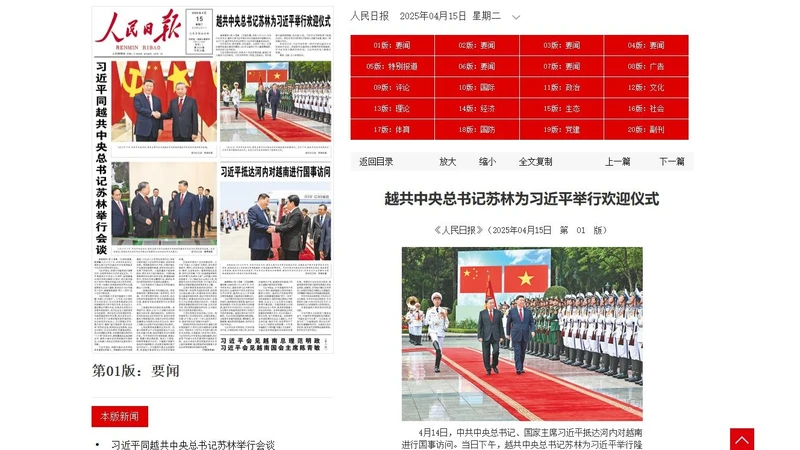

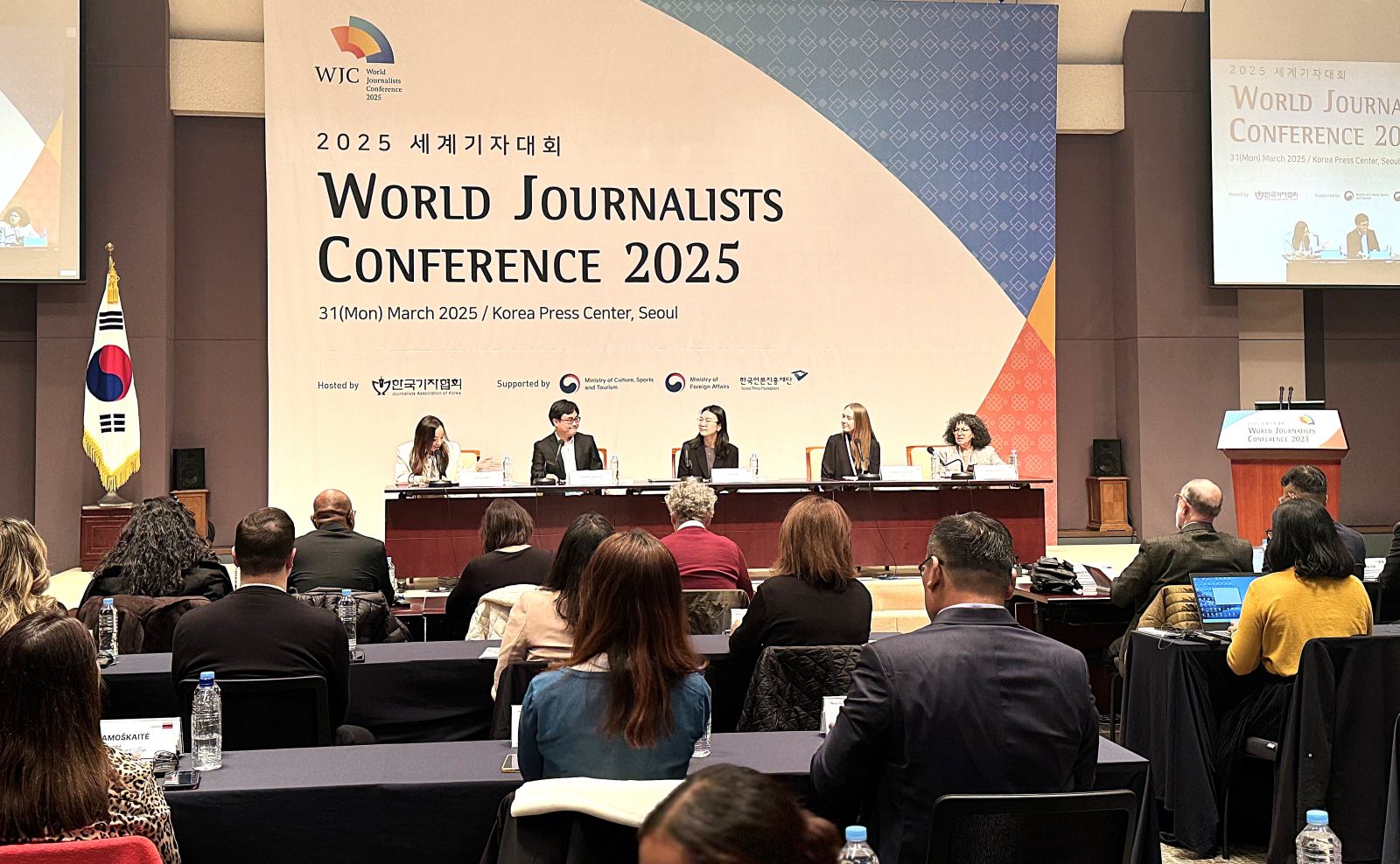







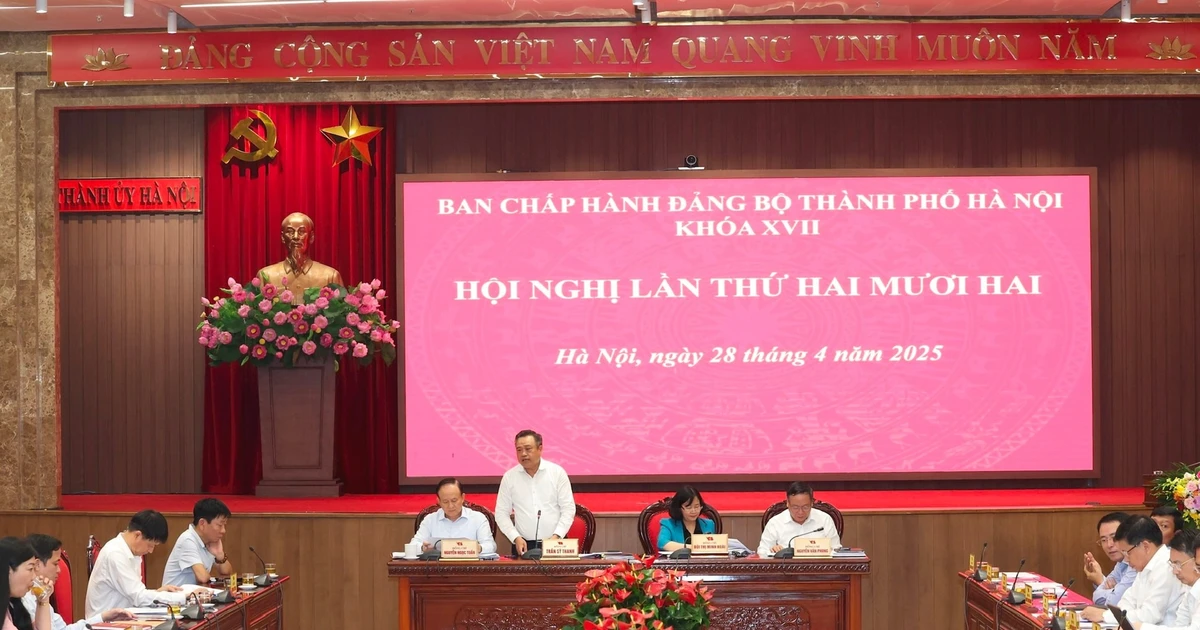








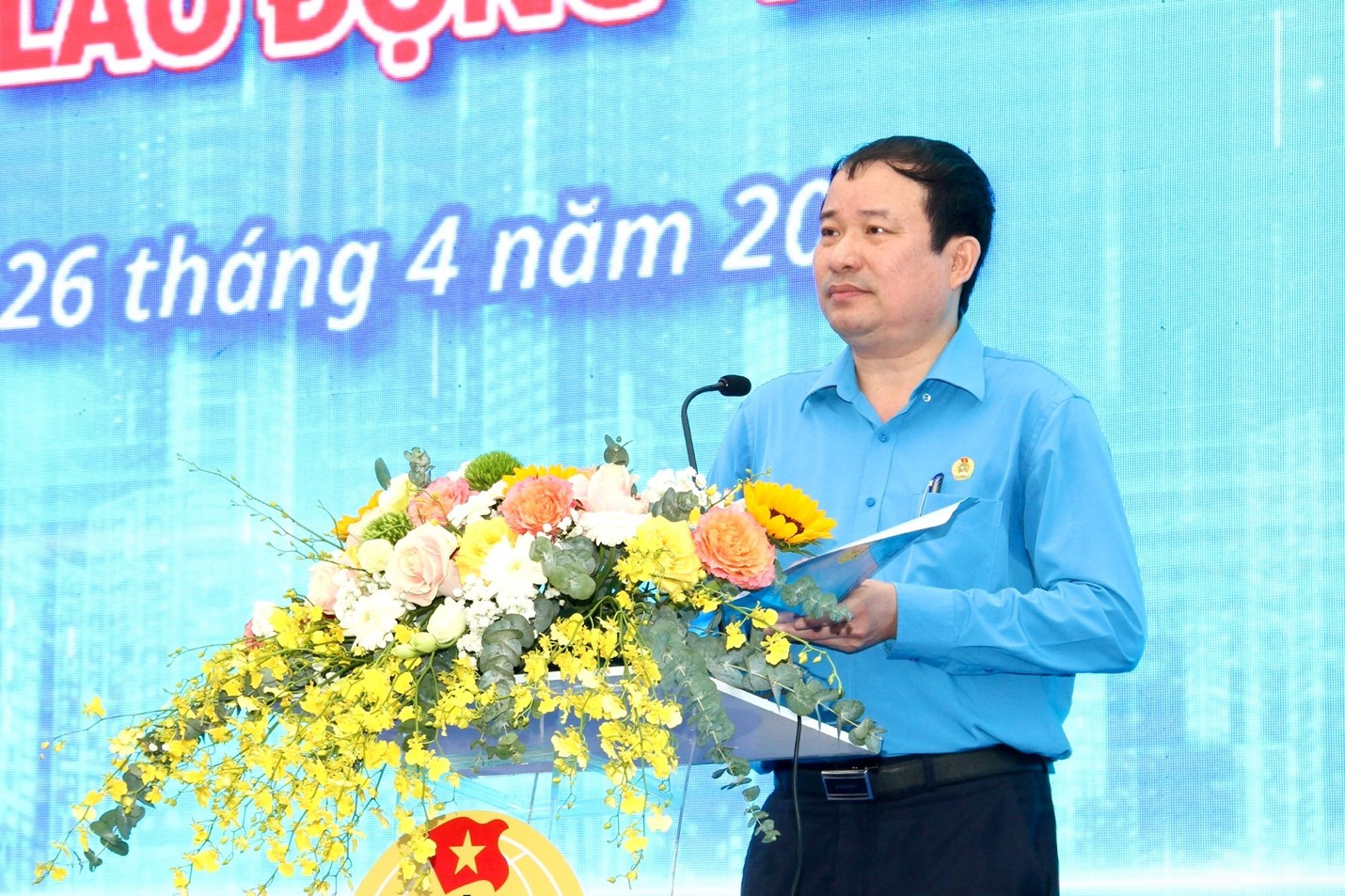




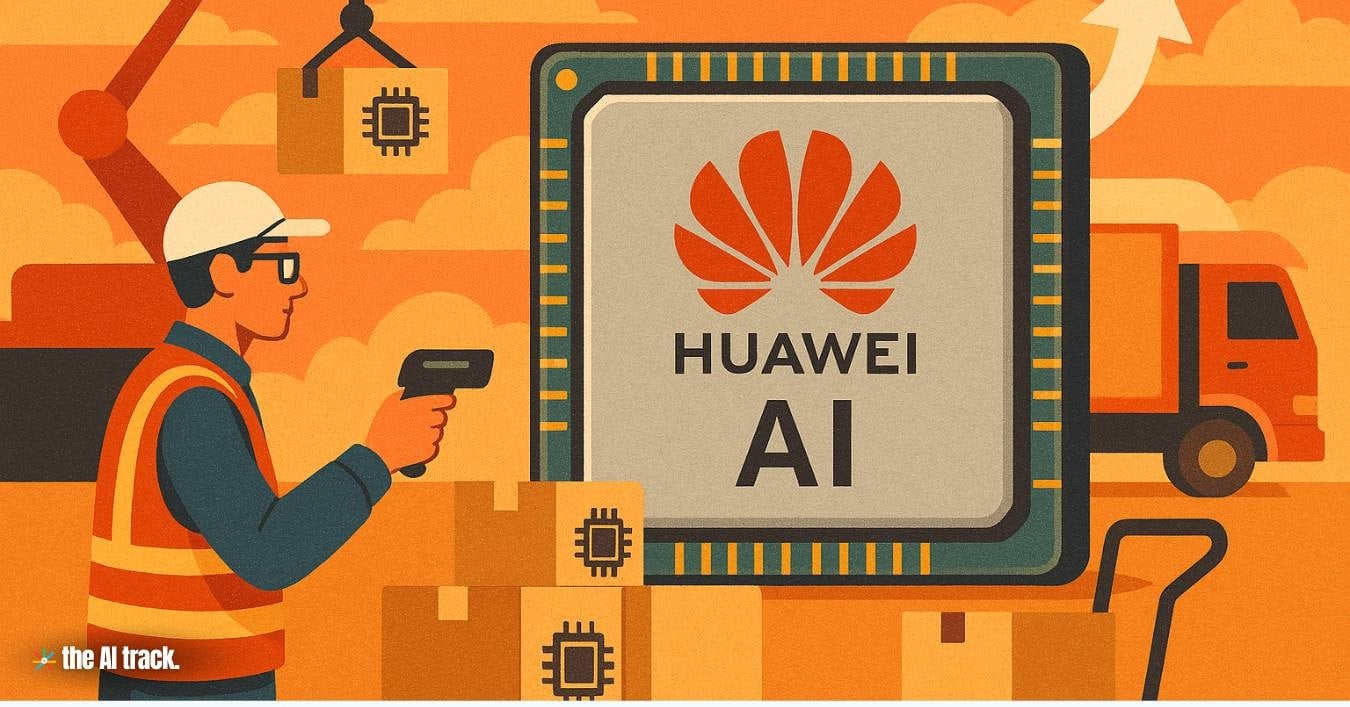
![[Photo] President Luong Cuong receives Japanese Prime Minister Ishiba Shigeru](https://vstatic.vietnam.vn/vietnam/resource/IMAGE/2025/4/28/44f0532bb01040b1a1fdb333e7eafb77)





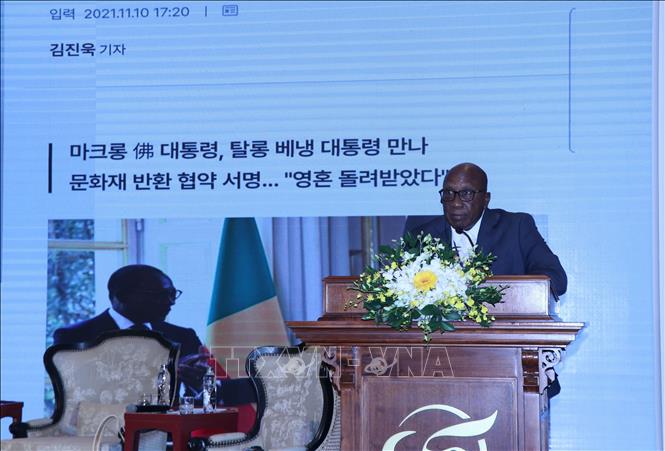















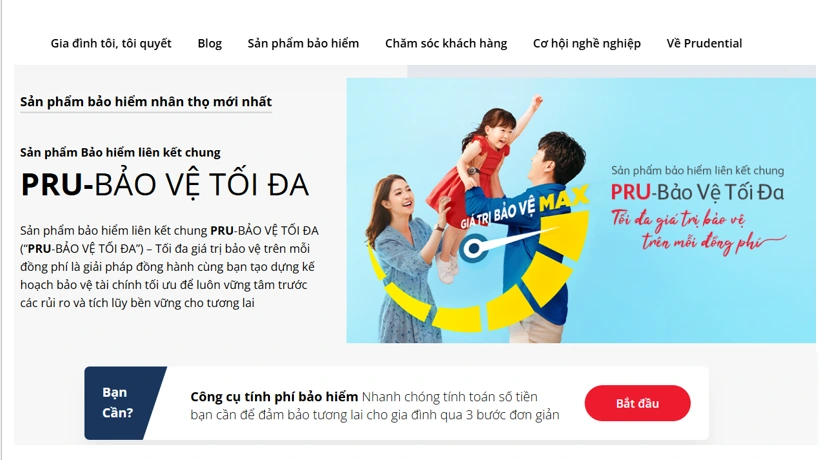




















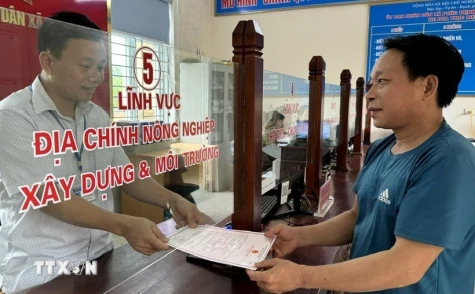









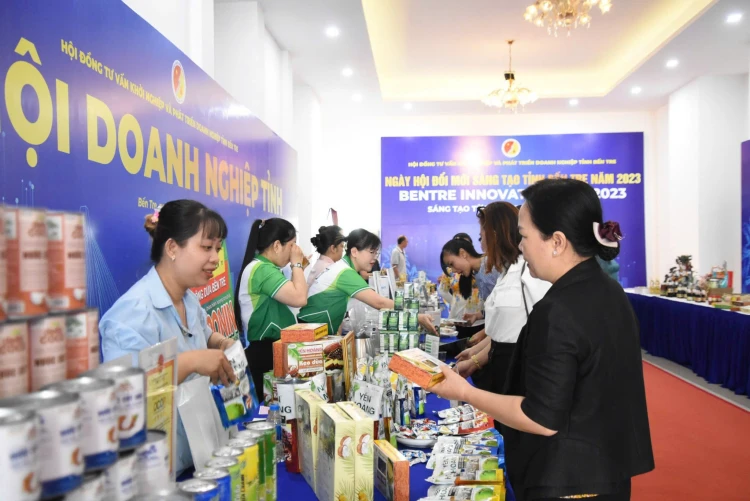







Comment (0)